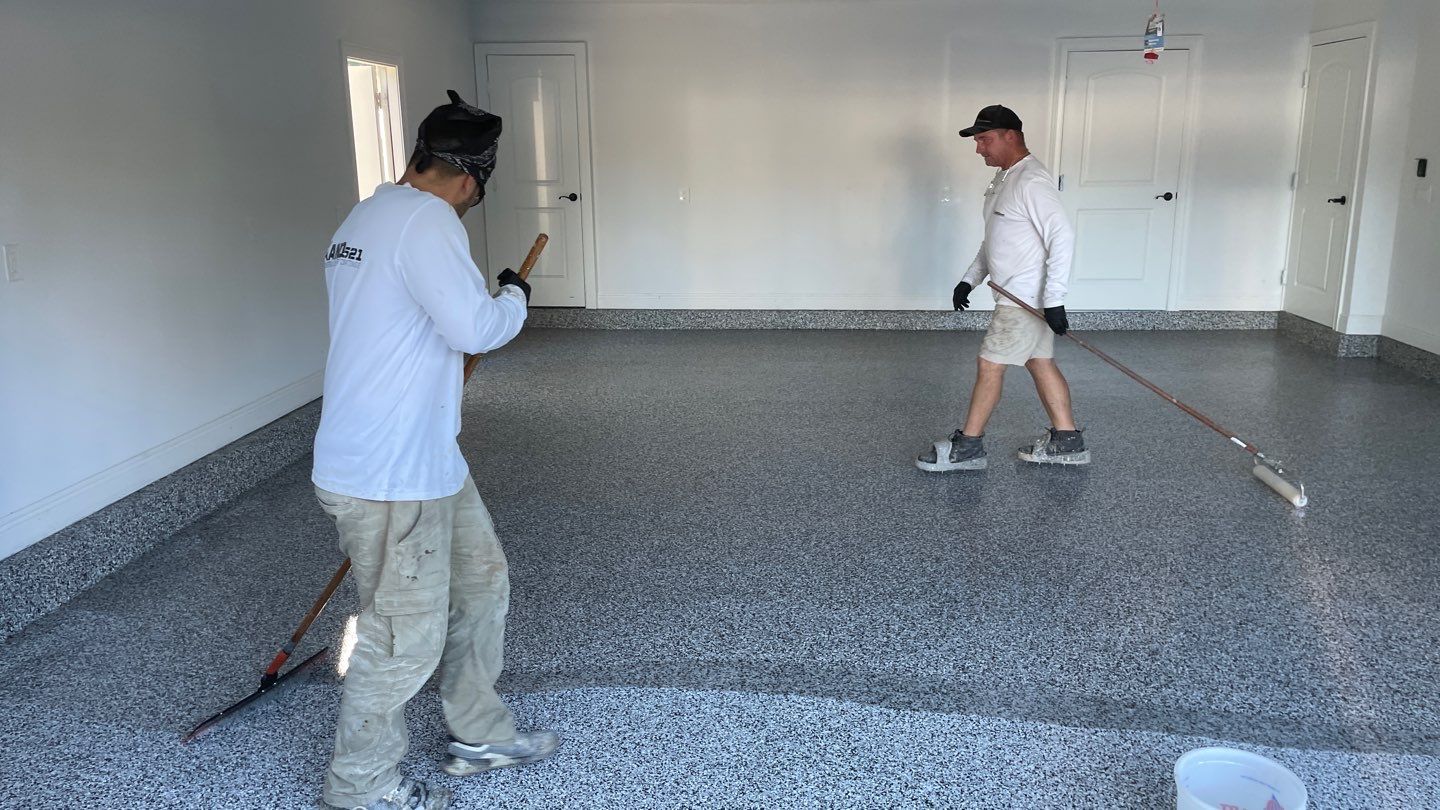In the realm of industrial coatings and linings, the remarkable versatility of polyurea has emerged as a game-changer. This advanced polymer exhibits exceptional durability, rapid curing, and impressive chemical resistance, making it a top choice in various sectors. Among the diverse variants of polyurea, the aromatic formulations stand out prominently, offering a unique set of properties and applications that warrant a closer look.
Understanding Polyurea: A Brief Overview
Before delving into the aromatic variants, let’s explore the fundamentals of polyurea. It’s a two-component system that involves the reaction of an isocyanate component with a resin blend, typically an amine-terminated resin. This reaction occurs swiftly, leading to a rapid cure that results in a durable, elastomeric material.
The Aromatic Advantage
Aromatic polyureas differ from their aliphatic counterparts primarily in their molecular structure. While both exhibit robustness, aromatic polyureas often excel in certain areas, making them particularly well-suited for specific industrial applications.
1. Cost-Efficiency:
- Aromatic polyureas are generally more cost-effective compared to aliphatic formulations, making them an attractive choice for applications where color retention or UV stability isn’t a primary concern.
2. Chemical Resistance:
- These variants boast excellent resistance to a wide range of chemicals, acids, and solvents. As a result, they find extensive use in industries dealing with corrosive substances or environments.
3. Durability and Toughness:
- Aromatic polyureas exhibit exceptional toughness, impact resistance, and abrasion resistance, rendering them ideal for demanding settings such as industrial flooring, secondary containment, and transportation surfaces.
4. Adhesion Properties:
- Their strong adhesion to various substrates, including concrete, steel, and other materials, makes them a go-to solution for coatings and linings in construction, automotive, and manufacturing industries.
Diverse Industrial Applications
The versatility of aromatic polyureas opens doors to a myriad of industrial applications:
1. Protective Coatings and Linings:
- Industrial floors, tank linings, pipelines, and structural steel coatings benefit from the chemical resistance and durability of aromatic polyureas, ensuring prolonged asset life and reduced maintenance costs.
2. Waterproofing and Corrosion Protection:
- In environments prone to moisture or chemical exposure, such as wastewater treatment plants or offshore structures, these coatings provide robust protection against corrosion and degradation.
3. Transportation and Infrastructure:
- Aromatic polyureas find use in the transportation sector, protecting truck beds, trailers, and bridges due to their resilience against impacts, abrasion, and harsh weather conditions.
4. Decorative and Functional Applications:
- While aliphatic polyureas are preferred for applications requiring color stability, aromatic variants can still be used in decorative elements where UV stability is not crucial, such as in certain architectural features or interior flooring systems.
Challenges and Considerations
Despite their impressive array of qualities, aromatic polyureas have limitations. Their susceptibility to UV degradation and tendency to yellow over time may restrict their suitability in certain outdoor applications. Thus, understanding these limitations and choosing the appropriate polyurea variant based on the specific needs of a project is crucial.
The aromatic variants of polyurea offer a robust solution for an extensive range of industrial applications, showcasing their resilience, chemical resistance, and cost-effectiveness. While considerations regarding UV stability and color retention are essential, the unmatched durability and protective qualities of aromatic polyureas continue to make them a go-to choice across numerous sectors.
In the constantly evolving landscape of industrial coatings and linings, mastering the utilization of aromatic polyureas signifies a step toward optimizing performance, durability, and cost-efficiency in diverse applications, shaping a more resilient and enduring industrial infrastructure.
As industries continue to seek high-performing solutions, the aromatic variants of polyurea remain an indispensable ally, solidifying their position as a cornerstone in the realm of industrial protection and durability.


